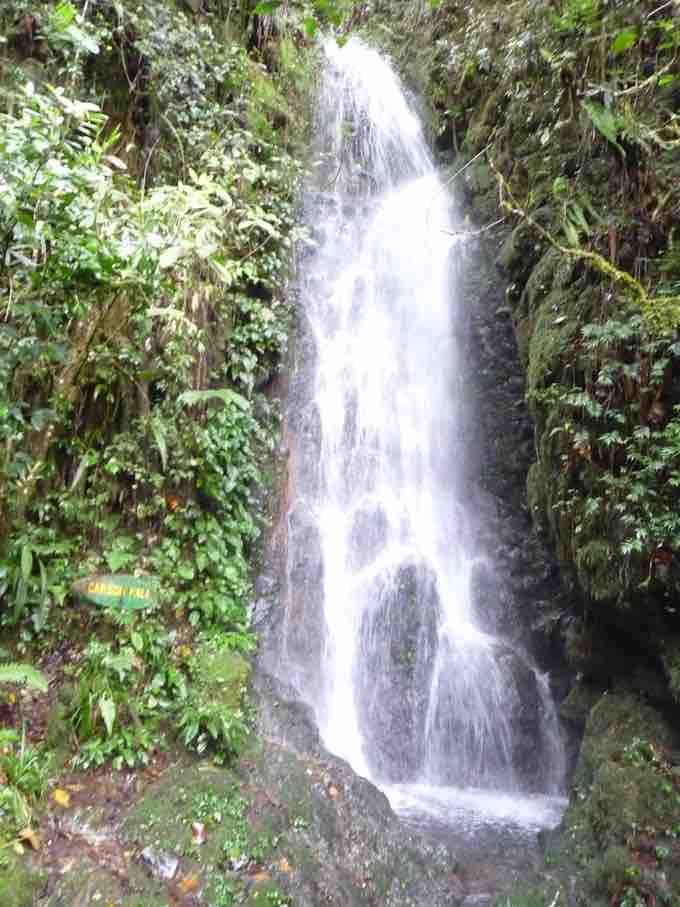Natural Resources
Resources supplied by nature, such as ore deposits, mineral deposits, oil reserves, gas deposits, and timberstands, are natural resources or wasting assets. Natural resources represent inventories of raw materials that can be consumed (exhausted) through extraction or removal from their natural setting (e.g., removing oil from the ground).
On the balance sheet, we classify natural resources as a separate group among noncurrent assets under headings such as "timber stands" and "oil reserves. " Typically, we record natural resources at their cost of acquisition plus exploration and development costs; on the balance sheet, we report them at total cost less accumulated depletion. (Accumulated depletion is similar to the accumulated depreciation used for plant assets. ) When analyzing the financial condition of companies owning natural resources, exercise caution because the historical costs reported for the natural resources may be only a small fraction of their current value.

Carson Fall, Mt. Kinabalu in Malaysia
Carson Fall in Mount Kinabalu, Malaysia is an example of an undisturbed natural resource. Waterfalls provide spring water for humans, animals, and plants for survival and also provides habitat for marine organisms. The water current can be used to turn turbines for hydroelectric generation.

Rainforest Fatu Hiva
The rainforest on Fatu Hiva, Marquesas Islands is an example of an undisturbed natural resource. Forest provides timber for humans and food and shelter for flora and fauna. The nutrient cycle between organisms form food chains and biodiversity of species.
Depletion is the exhaustion that results from the physical removal of a part of a natural resource. In each accounting period, the depletion recognized is an estimate of the cost of the natural resource that was removed from its natural setting during the period. To record depletion, debit a depletion account and credit an accumulated depletion account, which is a contra account to the natural resource asset account.
By crediting the accumulated depletion account instead of the asset account, the original cost of the entire natural resource is continues to be reported on the financial statements. Thus, statement users can see the percentage of the resource that has been removed. To determine the total cost of the resource available, combine this depletion cost with other extraction, mining, or removal costs. Then assign this total cost to either the cost of natural resources sold or the inventory of the natural resource still on hand. Thus, all, some, or none of the depletion and removal costs recognized in an accounting period can be expensed, depending on the portion sold. If all of the resource is sold, expense all of the depletion and removal costs. The cost of any portion not yet sold is part of the cost of inventory.
Computing Periodic Depletion Cost
To compute depletion charges, companies usually use the units-of-production method. They divide total cost by the estimated number of units–tons, barrels, or board feet–that can be economically extracted from the property. This calculation provides a per-unit depletion cost.
For example, assume that in 2010 a company paid $650,000 for a tract of land containing ore deposits and $100,000 in exploration costs. The results indicated that approximately 900,000 tons of ore can be removed economically from the land, after which the land will be worth $50,000. The company incurred costs of $200,000 to develop the site, including the cost of running power lines and building roads. Total cost subject to depletion is the net cost assignable to the natural resource, plus the exploration and development costs. When the property is purchased, a journal entry assigns the purchase price to the two assets purchased–the natural resource and the land.
In some instances, companies buy only the right to extract the natural resource from someone else's land. When the land is not purchased, its residual value is irrelevant and should be ignored. If there is an obligation to restore the land to a usable condition, the firm adds these estimated restoration costs to the costs to develop the site. In the example where the land was purchased, the total costs of the mineral deposits equal the cost of the site ($650,000) (minus the residual value of land and $50,000) plus costs to develop the site ($300,000), or a total of $900,000. The unit (per ton) depletion charge is